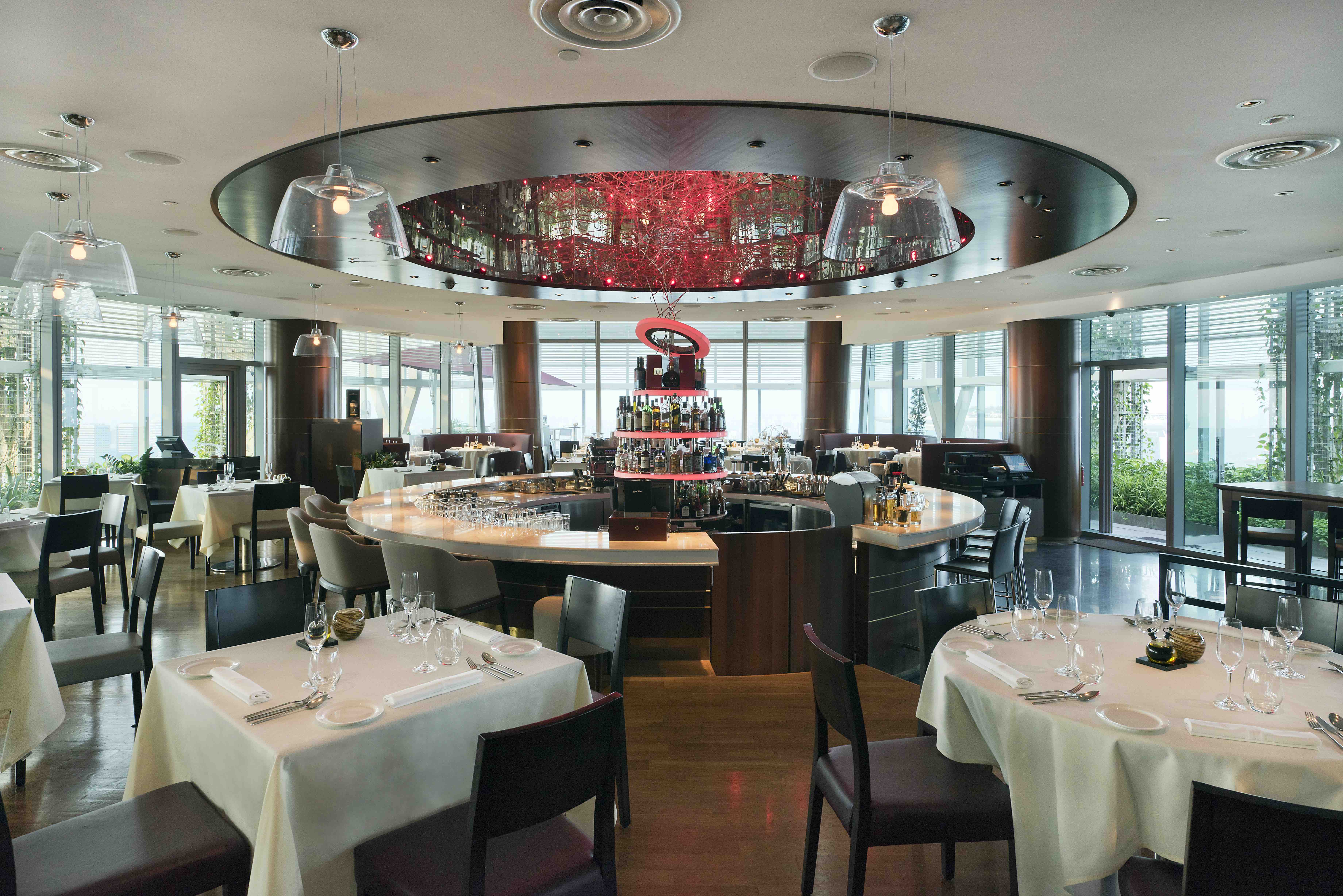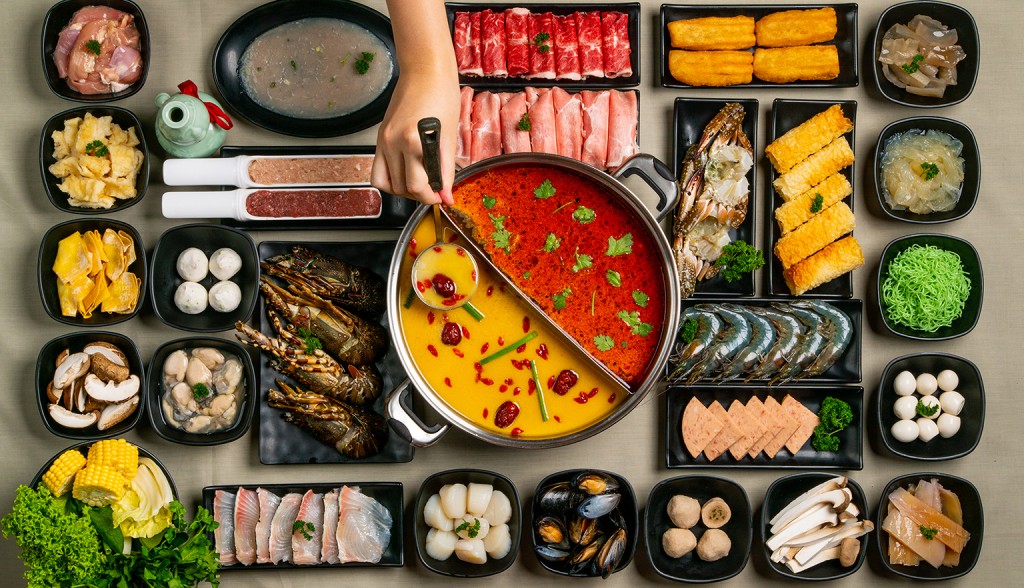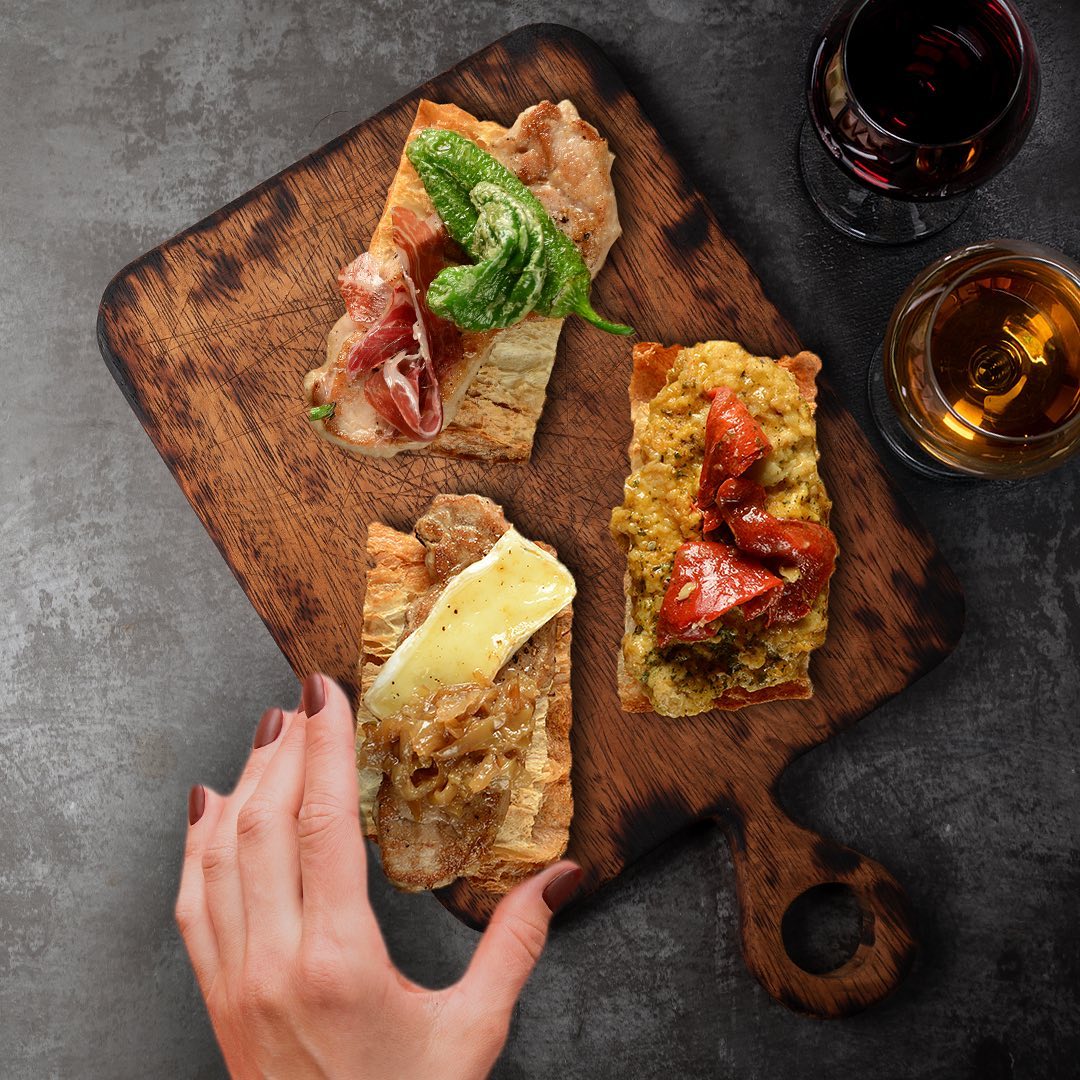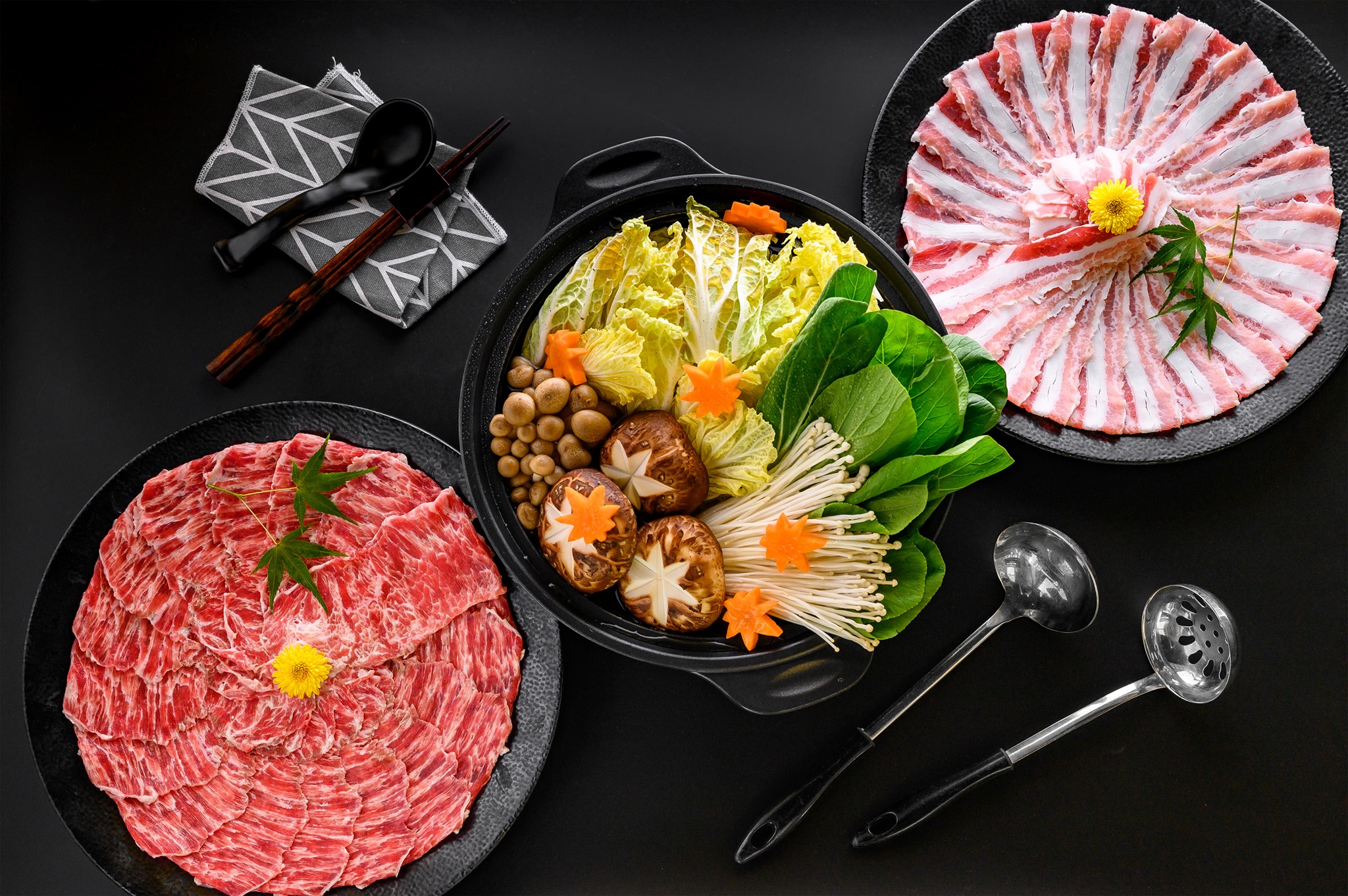What are the differences in the way whisky is viewed in Asia compared to Scotland?
In Scotland, you won’t find people putting ice in their single malt very often, it’s just not something that has been traditionally acceptable. I don’t think that means that drinking your single malt on the rocks (as most Asians do) is wrong. It’s simply a response to the climate you live in.
The initial wave of interest regarding single malt Scotch whiskies here was about sampling whiskies from different regions, and the next wave involved discovering single-cask bottlings and whiskies matured in special casks. What do you think is up next in the world of whisky?
Gosh, if I was able to predict the trends in the world of whisky I would be a much wealthier man than I am! I think that drinkers will continue to explore single cask bottlings but also start to understand and appreciate extra matured and wood-finished whiskies such as the Glenmorangie Extra Matured range. Hopefully as the market for single malts in Singapore grows, you will see more and more interesting expressions being imported to the country.
You’re well known for your expertise and knowledge when it comes to single malt Scotch whiskies. Tell us a bit more about your tasting process; how does one get the most out of each glass of whisky?
I keep it simple. A good, tulip shaped nosing glass is essential to get the most aromas and flavors out of your single malt. I will always sample the whisky neat, direct from the bottle—nosing and tasting it and noting the various flavors and aromas. I will then add a drop of room temperature bottled water and repeat the process of nosing and tasting. Water acts on the whisky to open up the range of aromas and flavors, and amplify the floral perfumed notes in particular.





